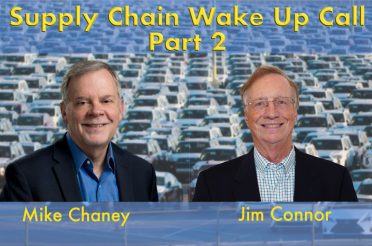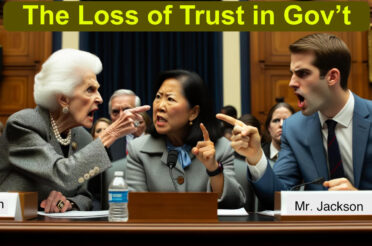Overview
Six Underlying Causes in the Supply Chain Disruption
Looking back to March 2020, it’s easy to see how Covid was the catalyst in production cutbacks. Then, in September 2020, the global economy saw a surge in demand from computers to car rentals. As a result, raw materials and component manufacturing producers encountered a range of constraints resulting in extended delivery times. Thus began a spiraling and contagious spread of supply chain problems and product shortages.
One visible example was the early impact was the shutdown of several automobile manufacturing plants due to a shortage of semiconductors and raw materials. But today, the magnitude of the supply chain back up at west coast ports is a symptom of a deeper, structural problem. Mario Cordero, Port of Long Beach Executive Director, held a virtual news conference on Oct 27, 2021, stating, “We’re in a crisis, we’re in a national crisis and we’re in a global crisis”
We sat down with Mike Chaney, a Global Supply Chain Manager with 40 years of experience at Procter and Gamble, to discuss the extent of the current issues and his perspective on how to structure a resolution.
The six contributing factors are:
-
Building long-distance supply chains
-
Reliance on Just-in-time inventory
-
Low priority on trade schools
-
Capacity Limited Port and Airport Facilities
-
Shortage of Trucking and rail capacity
-
Build-up domestic suppliers, and accept a higher cost
Transcript
Contact Info
Mike Chaney : chaney.mo@mac.com
Jim Connor : jconnor@gamechangers.tv
Website Link - : https://gameChangers.tv/shows/
Mike Chaney consults with several mission-driven companies, is an advisor to several startups and lives in Cincinnati, Ohio.








2 Responses
Willam Evans
While I agree that the current corporate management team may not have created the supply chain, they do have the responsibility to recognize and manage the risk of external conditions on the supply chain. This particular situation has caught everyone by surprise, and it will take a focused and patient response to unwind our current predicament.
Wing
Market driven economy requires low cost mass productions that incentives business management to find the lowest cost production no matter how long (geographically) are the supply chains and how risky (politically) are the sources. Most business management plans are short term and inherently trying to maximize the benefits of low cost manufacturing sources and obtaining maximum short term profits. The stock market mainly evaluates companies on quarterly basis.
So, capitalism practicing to the extreme only have the goal of maximum efficiency (production and marketing) and ultimately maximum short term profit.
If we look at the US system, not only business is concentrated on the short term profit; the political system is also focus on short-term. A good example of the later is the national debt and deficit. We are spending a lot to boost the short term consumption and thus the economy by borrowing a lot from the future. When the future comes, the problem of debt caused by previous presidents will be solved by the future president. As for supply chain problems, the supply chains were laid down mostly by previous CEO’s and managers who were reward with profits in the company and wealth from the stocks of their company. The supply chain problem now are faced mostly by CEO’s who know nothing about them nor how the fix them.